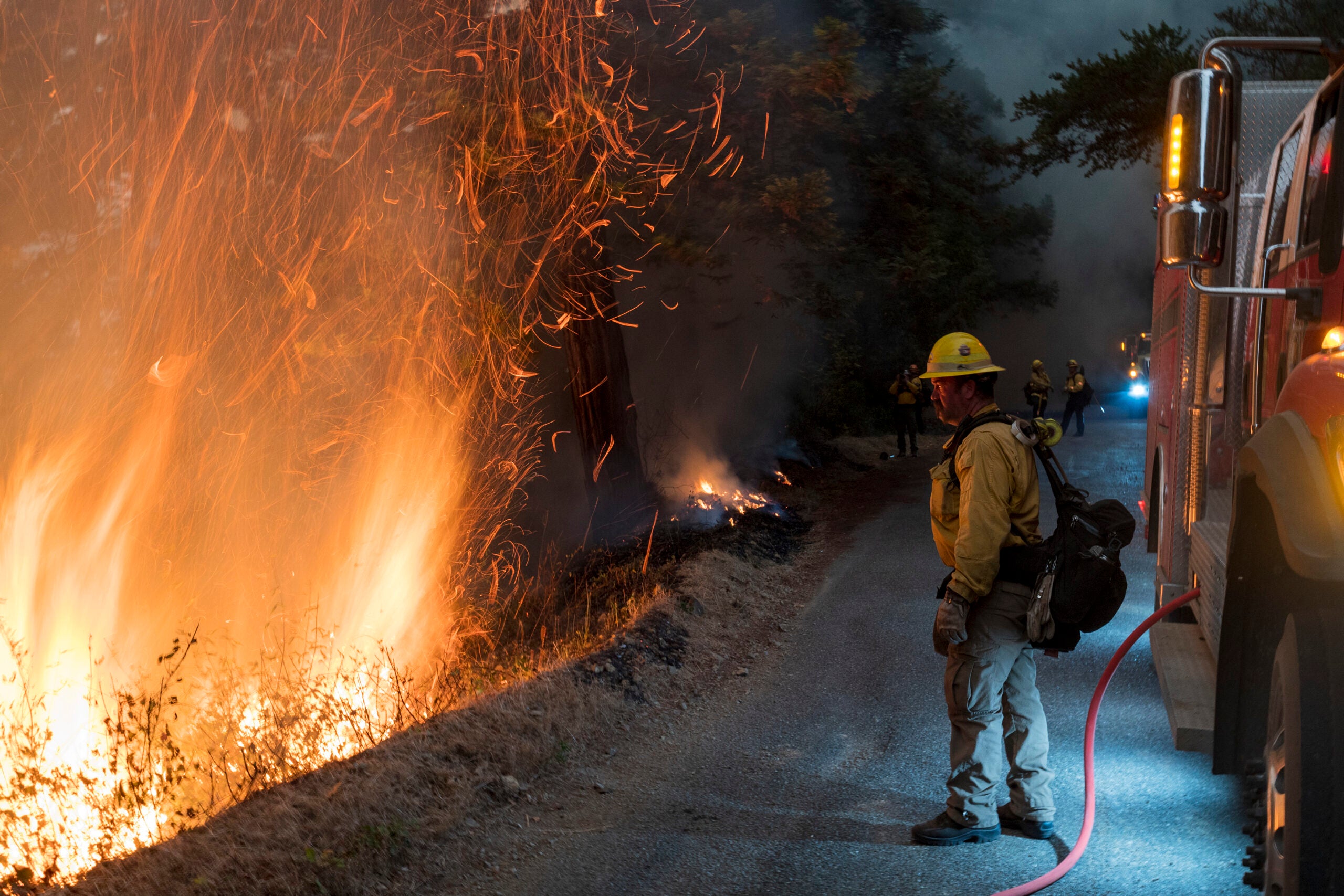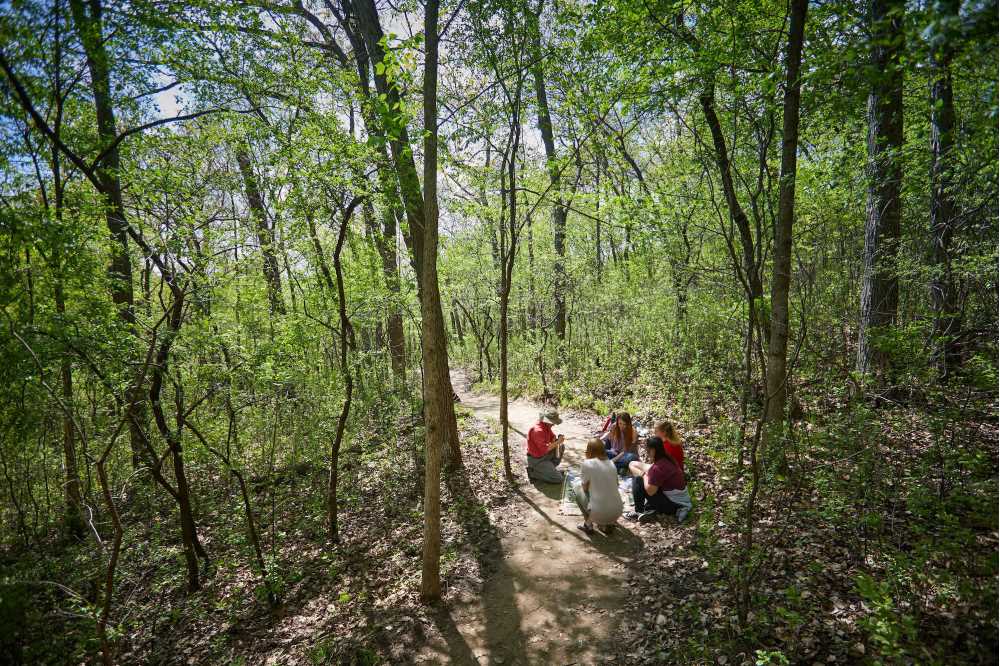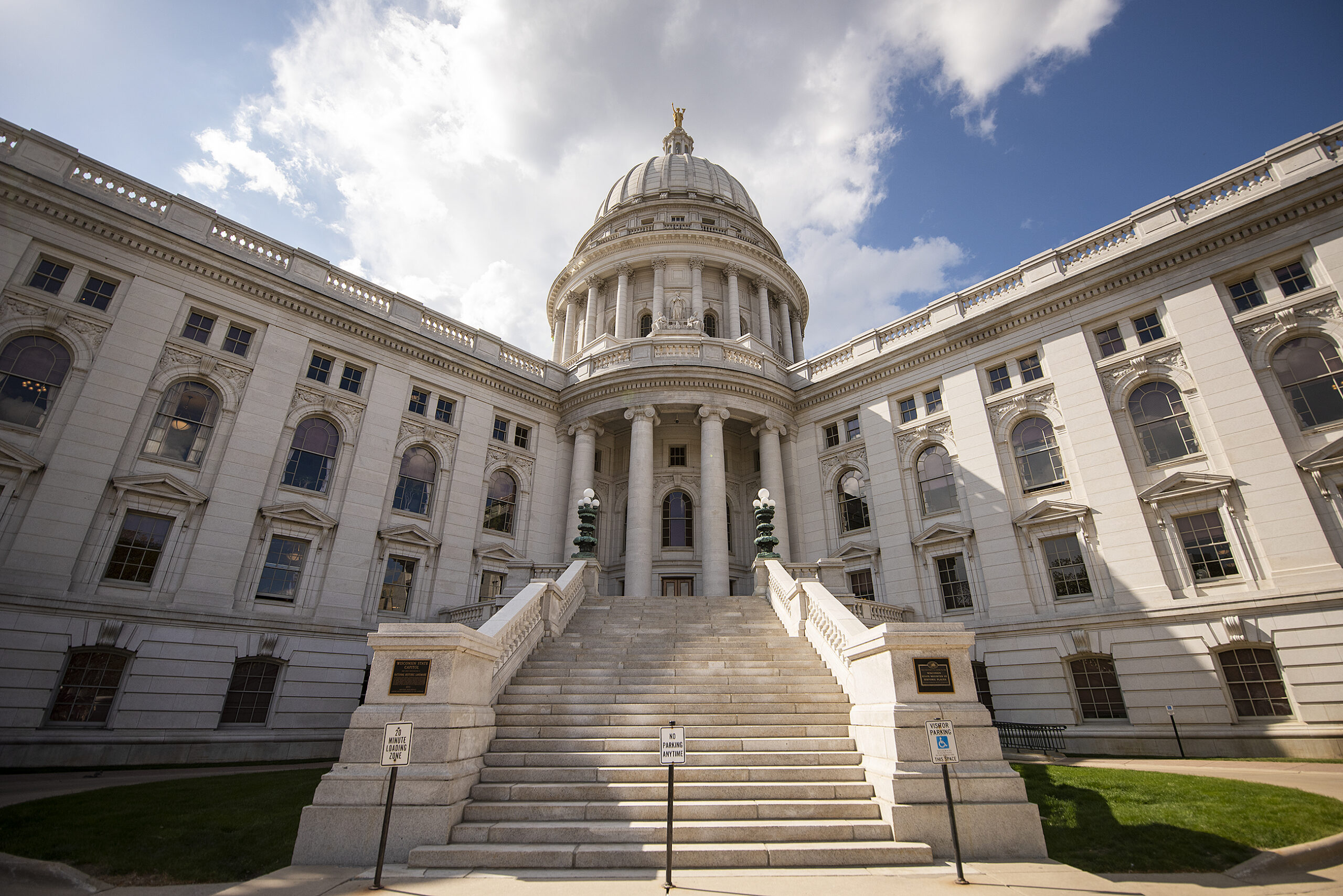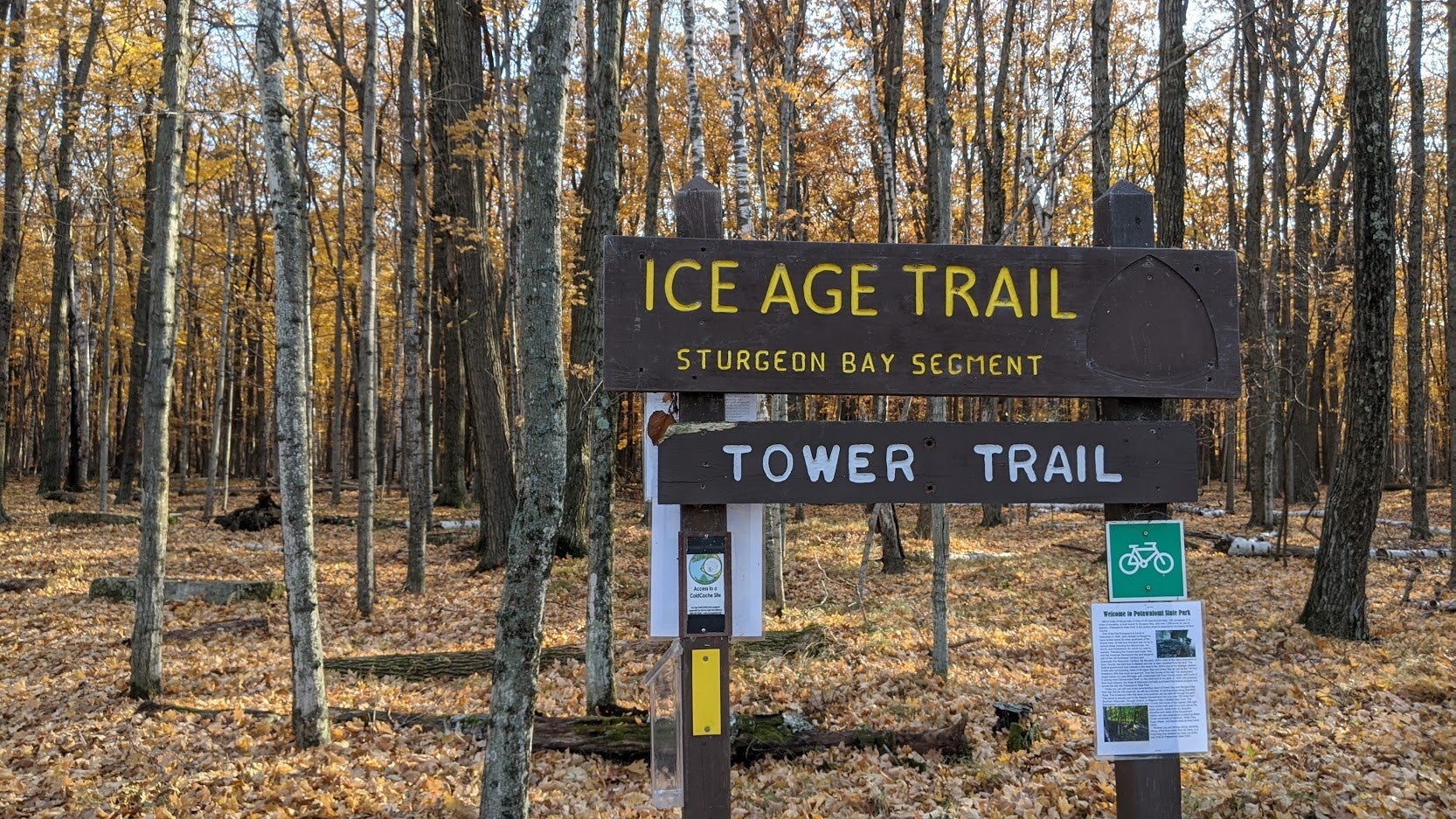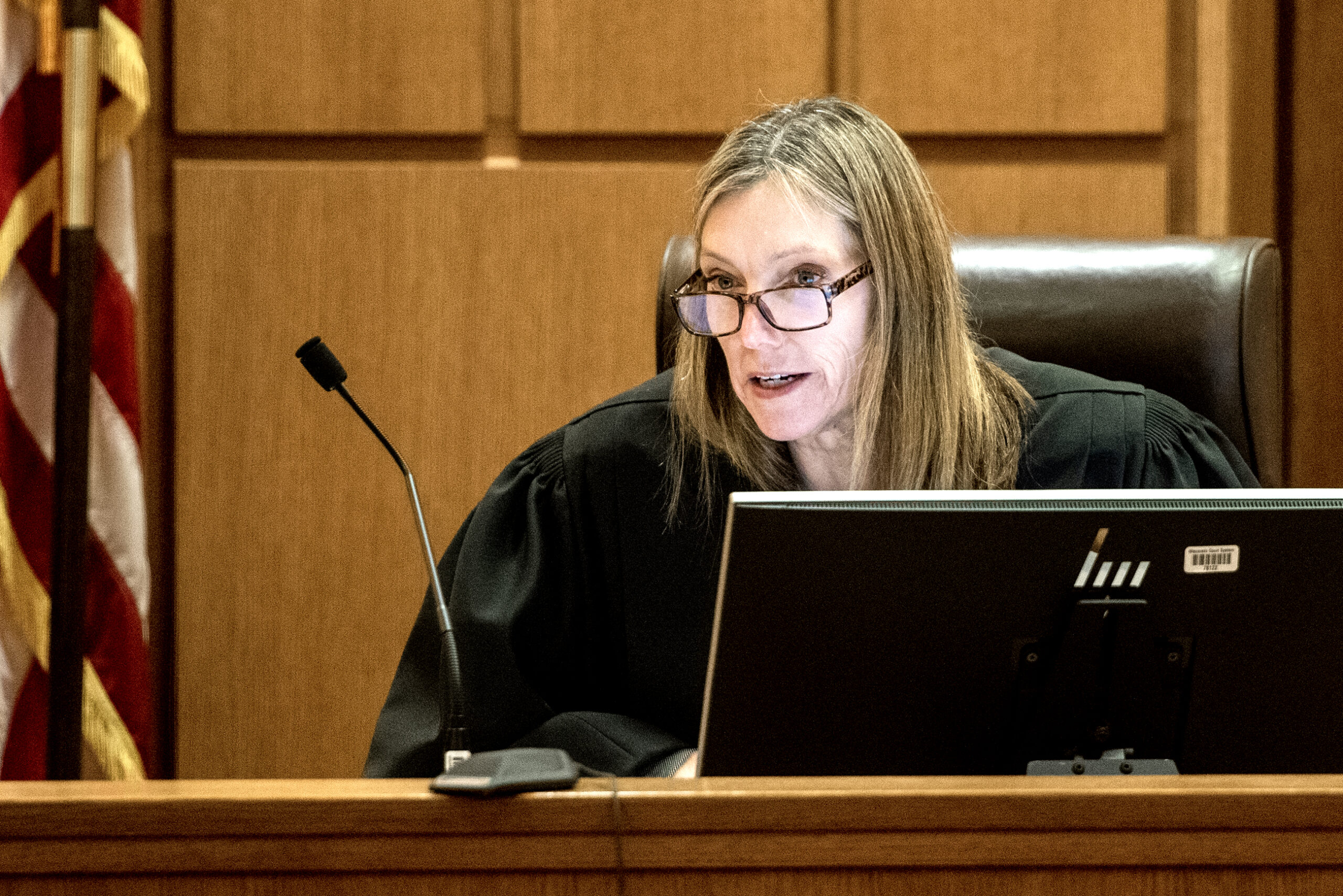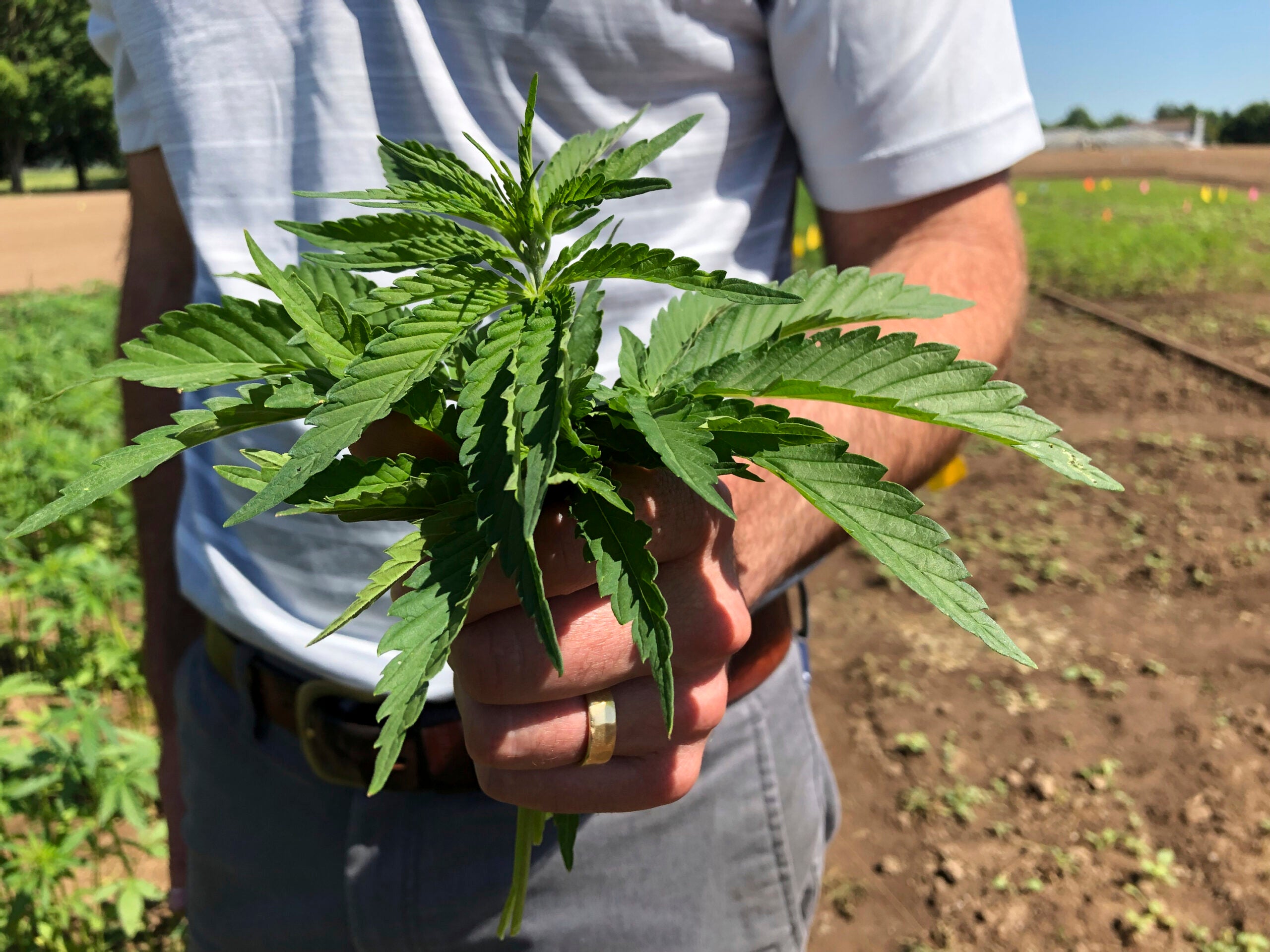Wisconsin wildlife and weather officials are warning residents that almost two-thirds of the state continues to be under a very high risk of fire.
As of Friday afternoon, the state Department of Natural Resources had rated a very high fire danger in 45 counties across central and northern Wisconsin. Seven counties along the western border are rated high fire danger, while 20 counties along the southern third of the state are rated moderate danger.
Ron Schneider, DNR fire specialist, said 2021 has been the most active fire season in the state since 2012, with 621 fires in DNR protected areas. That’s about 200 more than what the state typically sees by this point in the year.
Stay informed on the latest news
Sign up for WPR’s email newsletter.
“We’re seeing it all over the state. I think it’s because we had such a long period without snow cover this year, especially in the northern half of the state,” Schneider said. “Typically, we have snow on the ground through the end of April, where this year … we lost all of our snow in March statewide. And of course, as soon as the snow melts, that’s when we have problems with forest fires.”
[[{“fid”:”1500146″,”view_mode”:”embed_landscape”,”fields”:{“class”:”media-element file-embed-landscape media-wysiwyg-align-right”,”data-delta”:”1″,”format”:”embed_landscape”,”alignment”:”right”,”field_image_caption[und][0][value]”:”%3Cp%3E%3Cem%3EPhoto%20courtesy%20of%20%3Ca%20href%3D%22https%3A%2F%2Fdroughtmonitor.unl.edu%2F%22%3EU.S.%20Drought%20Monitor%3C%2Fa%3E%3C%2Fem%3E%3C%2Fp%3E%0A”,”field_image_caption[und][0][format]”:”full_html”,”field_file_image_alt_text[und][0][value]”:”A map shows the risk of fire conditions in Wisconsin as of May 11, 2021″,”field_file_image_title_text[und][0][value]”:”Fire conditions map “},”type”:”media”,”field_deltas”:{“1”:{“class”:”media-element file-embed-landscape media-wysiwyg-align-right”,”data-delta”:”1″,”format”:”embed_landscape”,”alignment”:”right”,”field_image_caption[und][0][value]”:”%3Cp%3E%3Cem%3EPhoto%20courtesy%20of%20%3Ca%20href%3D%22https%3A%2F%2Fdroughtmonitor.unl.edu%2F%22%3EU.S.%20Drought%20Monitor%3C%2Fa%3E%3C%2Fem%3E%3C%2Fp%3E%0A”,”field_image_caption[und][0][format]”:”full_html”,”field_file_image_alt_text[und][0][value]”:”A map shows the risk of fire conditions in Wisconsin as of May 11, 2021″,”field_file_image_title_text[und][0][value]”:”Fire conditions map “}},”link_text”:false,”attributes”:{“alt”:”A map shows the risk of fire conditions in Wisconsin as of May 11, 2021″,”title”:”Fire conditions map “,”class”:”media-element file-embed-landscape media-wysiwyg-align-right”,”data-delta”:”1″}}]]
Abnormally dry weather this spring has also led to greater fire risk in the state.
“The rainfall deficits over the last 30 days across the state have generally been from half an inch to upwards of 3 inches below normal,” said Logan Lee, forecaster for the National Weather Service in La Crosse.
Lee said the dry conditions combined with low relative humidity increases the fire risk, even in places that have seen some recent precipitation.
While scattered showers are forecast to move through the state this weekend, Lee said it likely won’t be enough to change the risk of fire.
“Right now our rainfall deficits are both short term and long term, so it might take a while for us to get enough rain to overcome that,” Lee said.
This week, the U.S. Drought Monitor reported abnormally dry or moderate drought conditions across western, southern and eastern Wisconsin.
Schneider said the current conditions can be deceiving for those looking to have a campfire or burn debris.
“What happens is the grass may look green and the woods may look like they’re greening up, but it’s still very dry and it can still burn, especially in our pine forests,” Schneider said. “Our pine forests right now are at their most volatile flammability limit, so that is where we have the most concern.”
While most wildfires occur in March through May in Wisconsin, Schneider said the elevated fire risk could continue into early summer if the state doesn’t see more precipitation in coming weeks.
Wisconsin Public Radio, © Copyright 2024, Board of Regents of the University of Wisconsin System and Wisconsin Educational Communications Board.

